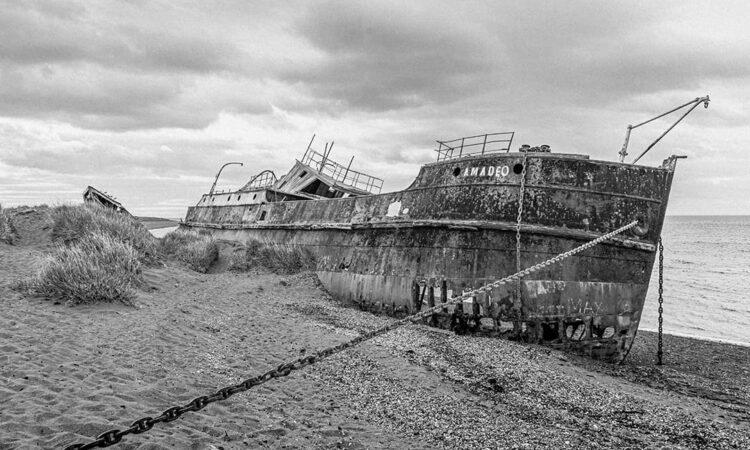200 years have passed since the discovery of Antarctica. There were many versions about the pioneers.
The unknown South Land (Terra Australis nondum Incognita) – once this land was imagined as green and beautiful, and on maps it was depicted as located somewhere far beyond the South Pole.
The first mention of visiting the Antarctic waters is a story about the Vikings who hunted whales in the Southern Ocean in ancient times.
Subsequently, after the discovery of the New World, Spanish, Portuguese, and then British and French navigators gradually moved their voyages along the coast of South America up to Cape Horn.
The widest and most dangerous in that area was the Drake Passage. It was named after Sir Francis Drake, an English admiral who had previously been an ordinary pirate and passed through this strait in 1578, and the Portuguese Magellan discovered another strait near the island of Tierra del Fuego, which later began to bear his name – the Strait of Magellan.
The first records of observations of any land in Antarctic waters and territories belong to a group of sub-Antarctic islands discovered in 1675 by the English merchant Anthony de la Roche. He was returning from Peru and his ship was driven by a strong storm to Cape Horn and then to the South Georgia Islands at latitude 55 degrees.
And in 1773-1775, the great English navigator and explorer James Cook, during his organized voyage around the world along the fiftieth southern parallel to discover and map the southern continent, reached latitude 60 degrees. And on January 30, 1774, James Cook’s expedition reached the southernmost point of his journey – latitude 71 degrees! But then Cook was stopped by dense pack ice, and he decided that the southern continent did not exist, and with this misconception he was forced to turn back.
Nevertheless, James Cook’s research and discoveries have forever remained in the history of many of his discoveries. For example, it was Cook who noted the abundance of whales and seals in the Antarctic waters. And in the early 1800s, using this information, many American ships began to fish for seals and whales in the waters of the Antarctic coastal areas, but kept everything secret for fear of competition. Business, what can I say…
In 1819, a British expedition led by William Smith discovered the South Shetland Islands and landed on King George Island for the first time.
And finally, on January 27, 1820, the expedition led by Fadei Fadeevich Bellingshausen approached the sixth continent.
Bellingshausen himself was an ethnic German from an old German family, whose real name was Fabian Gottlieb Thaddeus von Bellingshausen. Whether he was a pioneer is a matter of debate. After all, when he arrived in the Antarctic, Bellingshausen did not even know the names of the islands, which they had received from William Smith and had long been used by American and British seal hunters. Therefore, many of the islands had double names.
On January 30, 1820, another famous navigator and explorer, Edward Bransfield, became the first known person to reach the coast of the Antarctic Peninsula. Bransfield named this land Trinityland, now the Trinity Peninsula.
Many more explorers and discoverers of the southern continent should be mentioned as Antarctic explorers. These are such names as Nathaniel Palmer, James Weddell, John Biscoe, Jean-Baptiste Charcot, Anton Omelchenko, Roald Amudsen, and Robert Falcon Scott.
By the way, the first wintering on the Antarctic continent took place in 1900 under the leadership of Norwegian Carsten Borchgrevink and under the flag of Great Britain.
